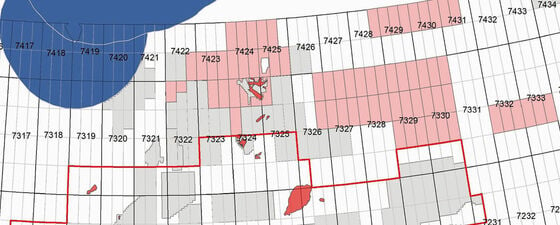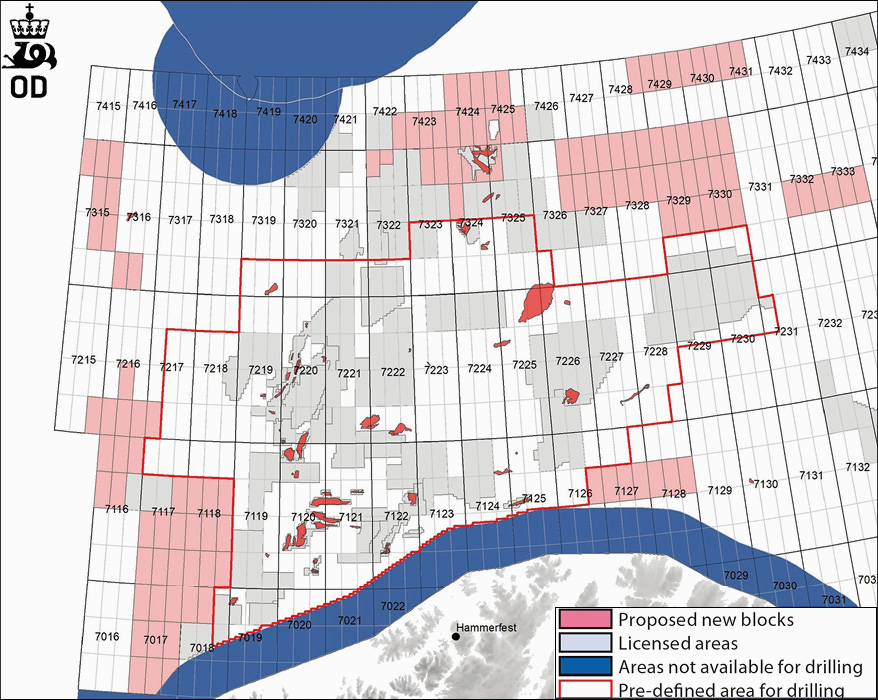Known for being a country with some of the greenest credentials and policies in the world, Norway surprised many observers in June by announcing plans for a licensing round that signalled a major expansion of the availability of areas for oil exploration in the Norwegian sector of the Arctic Sea.
In preparation for the country’s 25th licensing round, which is scheduled for 2021, the Ministry of Petroleum and Energy sought public consultation on the proposal, which includes eight areas in the Arctic Barents Sea covering 125 blocks, as well as 11 blocks in the Norwegian Sea. It has already made an assessment of the petroleum potential of these areas, and after the inputs from the consultation period, which ended in August 2020, have been assessed, the 25th licensing round is likely to be announced during the autumn of 2020. The deadline for applications is expected in the new year, with award announcements expected in the second quarter of 2021.
The announcement brought condemnation from environmental groups, especially since about half of the suggested blocks lie in the northern part of the Barents Sea between 73°N and 74°N, potentially some of the most northerly offshore oil exploration in the world. Others are close to the Svalbard zone and will therefore probably be disputed by Russia.
Over the years Norway has been vocal in its commitments to tackling global warming and reducing its use of fossil fuels. The country’s sovereign wealth fund, derived from the profits from its petroleum resources, recently said that it would divest itself of any stakes in companies that are solely dedicated to oil and gas exploration and production. Norway has a system with two forms of licence round. Numbered rounds, held every two years, are based on less well-known areas on the Norwegian shelf, where there is greater risk but a higher chance of large discoveries, while the annual allocations in predefined areas (APA), are announced every year and comprise the mature parts of the shelf, with known geology and good infrastructure. When the consultation period was announced the Norwegian Minister of Petroleum and Energy, Tina Bru, stated that “Regular access to new exploration areas is crucial to maintaining activity on the Norwegian continental shelf. We need new discoveries to uphold employment and value creation”.






